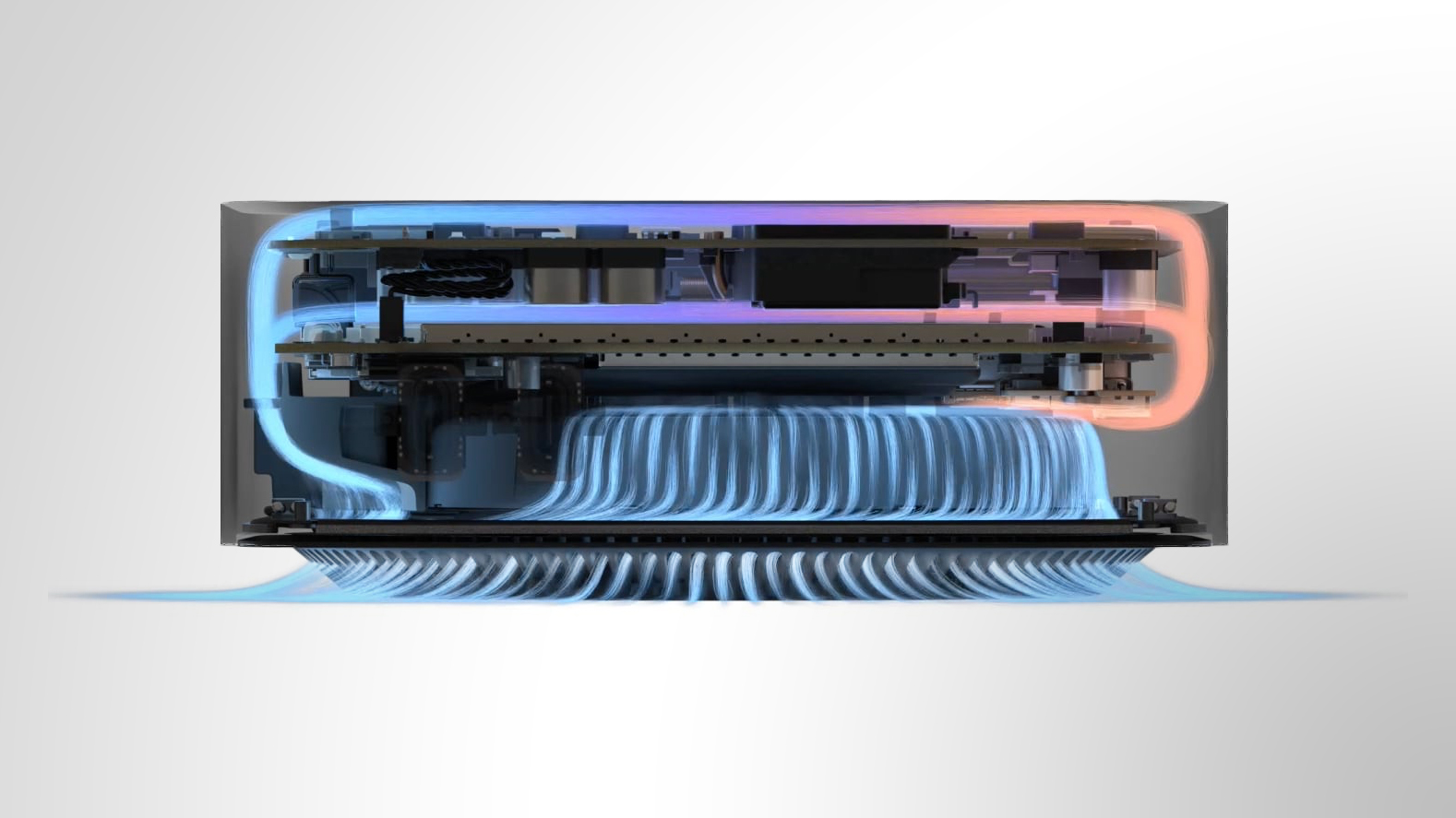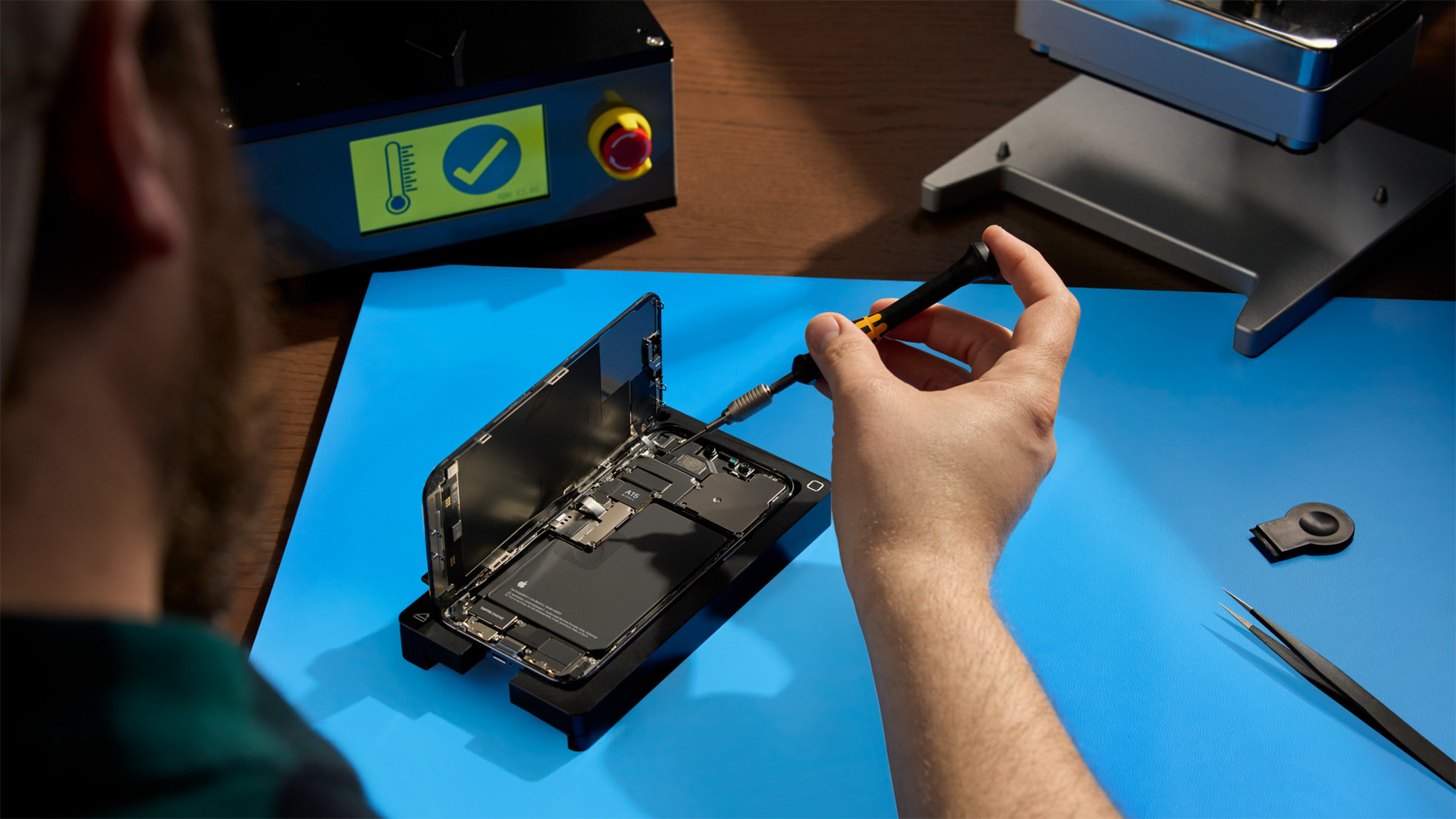Peugeot e-2008 review: Electric crossover for the masses
It’s fair to say that the previous Peugeot 2008 wasn’t the prettiest car on the road. In modern terms – where everyone wants an SUV – the 2013 design dated decidedly fast. Fortunately, Peugeot radically redesigned the 2008 with much more emphasis on the SUV side of things, moving this on from the evolution of the 207 SW that the previous model was, while also putting it up for the electric treatment.
This car is essentially the same as the combustion version, but given a twist to make it battery powered. It has some stablemates in the larger Stellantis group – the Vauxhall Mokka-e or the Citroen e-C4 the most directly comparable – as this platform serves up electric crossovers to make your buying decision more complicated. So what does the Peugeot e-2008 have to offer to stand apart?
Design
With the crossover segment exploding, mini SUV looks are top of the list for many people. The Peugeot 2008 is a familiar sight, the distinctive light signature on the front, with that slashing daytime running light something you’ll find on many suburban streets.
It follows the line of the (huge) 5008 and (mid-sized) 3008 and you can see the family design, but the 2008 pulls it off a little better because it’s not trying to be the size of a house. That brings some proportionality to it, in that it looks a little more like a toy car, but everyone seems to love that.
Those boxy looks continue through the design, giving the sense of strength rather than sportiness; indeed, this is a car that rides softer than the smaller and sportier Peugeot e-208 hatch, reinforcing that sense that it’s designed more for comfort than performance.
That also means there’s more knee space for the rear passengers, so it’s more accommodating for adults, although having packed three school kids in the back with their bags, the comment was “it looks bigger than it is”.
While there’s enough knee and head room to seat adults front and back, when you have three on the rear bench, things do feel a little tight around the elbows.
Indeed, this isn’t a huge car, but with a 434 litre boot, there’s space to load it up and head off on holiday, which will surely appeal to families. The boot has a false floor, meaning a flat loading area, while the space under the floor would accommodate all sorts of accessories you might not need all the time. That means you can stow the charging cables beneath the floor if you want to.
From an exterior design point of view, the Peugeot e-2008 is littered with crossover touches, giving those SUV looks, but this design is shared with the combustion version – and there’s little here to make it standout as electric, save for the ‘e’ on the wings and coloured flashes in the grille.
There are roof rails so mounting a rack would be an option, plus there’s also the option for a decent-sized sunroof to let a little more light in.
Interior quirks
The interior of the Peugeot e-2008 SUV in the GT trim (which is likely be the most popular) is suitably futuristic too. Yes, there’s fairly heavy use of plastics around the interior, but in many cases it’s been designed to be more interesting than many rivals. This is so often the hallmark of these French cars, often in stark contrast to the seriousness of some of the German brands.
collection:e2008 interior
There’s sculpturing that you don’t always find at this level of car and in this trim, the textured effect that looks a little like carbonfibre weave adds a lift to things, along with sporty green stitching. So too does the array of capacitive buttons and switches that are fashioned into a sort of shelf, rather than just being flat buttons to stab with a fingertip in the centre console.
But Peugeot’s interior design might not be for everyone, thanks to the low steering wheel position. This is something that’s common across the range and if you’ve driven a recent Peugeot and have no problem with it, then fine. If you’re more used to a conventional layout, you might want to get into this car and move yourself up and down in the driver’s seat a bit to see if you can actually see the driver’s display panel.
Because you might find that the top of the steering wheel always sits in front of your view of the digital driver display no matter what you do – and that’s a slight downside, because it’s a great display. On higher trims there’s an enhanced 3D version and the effect is actually very nice – caveat being if you can see it – letting you change through default views, as well as customise the visuals to your preference via the central touchscreen.
There are quality leather touchpoints around the car and things neatly fall to hand, so this is an easy car to get on with. Well, apart from the cruise control stalk, which is entirely invisible behind the steering wheel – so you’ll have to operate that by touch.
There is, however, sufficient quality through the cabin to compete with rivals in this band of car, even if the move to electric does make things feel a little expensive here – amplified by the reduction in the UK’s plug-in car grant.
A welcome array of technology
High on most driver’s wants list is technology so that there’s a seamless integration of car and digital life. As we’ve all become addicted to the convenience of smartphones, we don’t want to be thrown into the dark ages when we get into a car. The Peugeot e-2008 gives you Android Auto and Apple CarPlay as standard, so you can connect your phone and dive right into that experience.
But it sits on a fairly solid tech offering anyway, with a satnav system that actually works well, complete with clear directions and instructions. There’s live traffic from TomTom – part of an ongoing subscription package – which works well too.
You’re not overwhelmed with functionality here either. Unlike some systems, Peugeot isn’t trying to reinvent everything itself and the chances are that you’ll connect your phone and use that for your streaming music and other apps. The core offering is simple enough to use, but it’s not the most advanced system out there – and the voice control is as good as useless, so is best avoided.
There’s a button to press that will give you details about the charge, which also includes an average consumption graph. As we’ve seen previously on some models that share this platform, the graph in our review car seemed to run up to 120 miles per kWh on the scale, meaning that actual bars is showed were meaningless. We’ve seen this graph with the correct scales on other cars so it’s likely not a permanent problem – but it’s not the most engaging readout of information. It might work for a simple miles-per-gallon on the combustion models, but in the electric you’ll likely want more information on what’s been eating your battery.
That graph is perhaps reflective of this system: while it offers all the basics well enough, it’s not the most exciting and sometimes you really have to dig around the find a setting to change to get the information you actually want.
There’s the option for a Qi wireless charging plate, while the GT Premium trim gets adaptive cruise control and lane keep technology, which are about the only additions beyond the GT trim. As we said, the controller stalk for this is essentially invisible to the driver though, so you’ll need to learn its position and layout.
There are two central display sizes based on the 2008 trim level that you choose, with a 7-inch central display on the Active and Allure, moving up to 10-inch on the GT and GT Premium. Bigger is better in our minds, but the most important thing here is that there’s a small lip below the display which gives you somewhere to rest your hand when using it. That makes it more convenient on bumpy roads and more comfortable to use.
collection:e2008 display
The touchscreen is used for many controls, including the climate control, which can mean a little more fiddling around than you might want just to turn the temperature down. Perhaps some more tactile controls would have been a benefit here.
Driving and performance
There’s a 50kW battery packed into the floor of the Peugeot e-2008, with 100kW giving you 136hp equivalent power. That’s the same makeup as those cars from Vauxhall and Citroen we mentioned earlier it’s a reasonable pairing, aiming to give you enough range. It doesn’t quite stretch to the Kia e-Niro or Hyundai Kona Electric, though, with those models offering a more capcious battery, albeit at higher cost.
There’s support for 100kW charging, which will see it charged to 80 per cent in around 30 minutes, while a 7.4kW home charger would take about 7.5 hours to fully charge it.
The cited range from Peugeot is 214 miles, but the real-world range will depend on a number of factors. The largest of those being how you drive the car, how loaded it is with passengers, how cold it is outside, while driving at high speed will inevitably take its toll too.
There are two ways to drive, with D or B on the “gear lever”. D is straight driving with minimal regeneration, while the B mode will use stronger regeneration when you lift off the pedal. The latter mode moves it closer to one-pedal driving and is useful in urban drives, where things are more stop-start. You can slow the car by lifting off the pedal, without even having to touch the brakes – saving that when when you need to come to a complete halt.
The long term averages reported by out test car (acknowledging that this was in cold conditions) was 3.1 miles per kWh, which would come out to around 155 miles of range. However, we managed to extend this to 4.1 miles per kWh – which would be 205 miles – which might be a more accurate figure for warmer weather.
As to the actual handling of the car, it has softer suspension for a smoother ride than the smaller and sportier Peugeot e-208, so it handles broken road surfaces a little better. But it will bob and sway a little more too, and under hard braking you’ll feel the nose dip as the front wheels bite.
The steering is light and this is a easy car to drive, making it an ideal choice for those wanting something emission-free for the school run – while also being well enough equipped for longer journeys.




